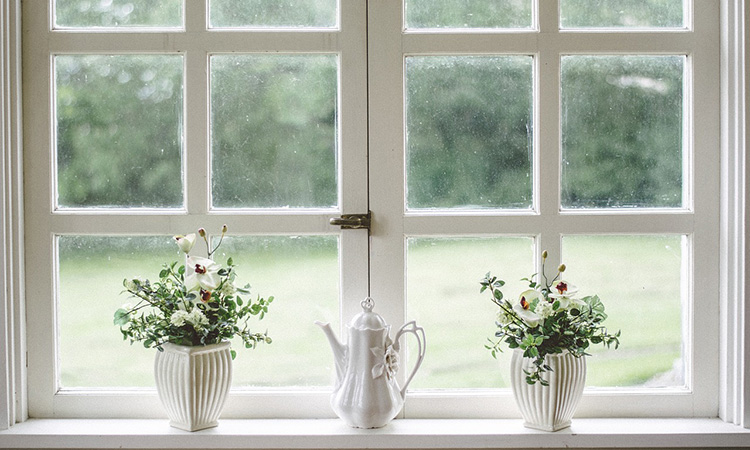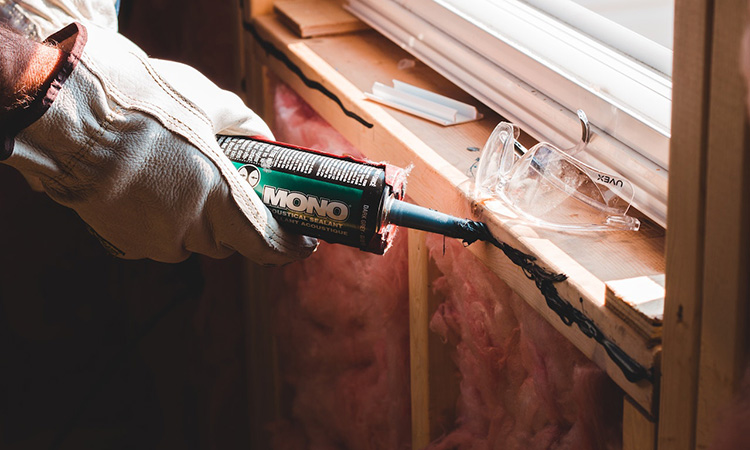
Weatherproofing entails making something resistant to harsh weather conditions, especially wind, flood or heavy downpours. Due to extreme weather conditions in the UK, preparing for winter periods is considered paramount. Most homeowners in the UK do this by weatherproofing their windows. This way, energy is conserved, and your home is protected from water leaks and damage in case of floods or build-up of dirt.
Most importantly, attainablehome.com explains that this process saves money for homeowners (about 5% to 10% costs) on cooling and heating costs by sealing gaps and cracks and providing sufficient insulation for your windows. Note that the type of material and products used for weatherproofing your windows will determine the durability and strength in extreme weather conditions. Read on as we discuss the best materials and products for a long-lasting, weatherproofed window.
Weatherstripping
Weatherstripping is used to seal gaps and cracks around windows, preventing drafts and improving energy efficiency. There are various weatherstripping materials available for sealing windows to protect your home and each one comes with its unique benefits.
- V-strip or tension seals: made of durable materials such as vinyl or metal into a V shape. Tension seals are versatile and are used for sealing gaps on the sides and top of windows. The V-shape design allows for efficient insulation by blocking out drafts and reducing noise infiltration. It is easy to install as well.
- Foam tape: provides you with excellent insulation. It has a sticky back and is made of EPDM rubber or open-cell or closed-cell foam. This product compresses easily to fill gaps of different sizes by pressing them firmly into place. Foam tape is an affordable option that effectively seals windows against air leakage.
- Door sweeps: primarily used for sealing gaps under doors but can also be useful for windows. They consist of a strip of rubber or bristles attached to a metal or plastic plate. It is made from stainless steel or aluminium. You can install it at the bottom of your window sash. Door sweeps prevent cold air from entering and warm air from escaping.
Caulking

Caulk sealants ensure proper sealing or filling of cracks and gaps between your window frames and walls. This is another basic weatherproofing method that helps to prevent air and water from entering your house. You can conveniently achieve a long-lasting and durable seal with the right caulking material. Some recommended caulking materials include:
- Silicone: Silicone caulk is popular, highly flexible, and water resistant. It can withstand extreme weather conditions seamlessly and adheres well to windows. It also remains pliable for a long time, ensuring a tight seal.
- Acrylic latex: Acrylic latex caulk is quite popular and easy to work with; it also offers good adhesion. You can paint to your taste after application, allowing you to match it to your window frames. This type of caulk is suitable for both indoor and outdoor use. Acrylic latex can withstand different weather conditions too.
- Butyl rubber caulk: This material is known for its high adhesiveness and flexibility. You can’t go wrong with this durably designed material to withstand extreme temperatures. It’s ideal for sealing larger cracks, providing a reliable and long-lasting seal.
Window Insulation Film
Window insulation film is an effective solution for improving the energy efficiency of windows, especially single-pane windows. It’s made of plastic and applied directly to your glass window serving as an insulator for your home. Here are some noteworthy aspects of window insulation film:
- Heat shrink film: As a popular type of window insulation film, heat shrink film is applied to the window using double-sided tape and then shrunk using a hairdryer or heat gun to remove wrinkles and provide a tight fit. This film creates an additional insulation layer, reducing heat loss and preventing air currents.
- Low-emissivity film (Low-E): Conventionally, Low-E reflects heat into the room while allowing visible light to pass through. Hence, low-emissivity film helps to regulate indoor temperatures and reduce the need for excessive heating or cooling. A low-e film is an excellent option for energy-efficient homes.
- Magnetic window insulation: Comprising more magnetic strips and insulating plastic sheets, this kind of window insulation is a flexible product. Usually, the magnetic strips adhere to the window frame, while the plastic sheets attach effortlessly, creating an airtight seal. It provides insulation against the cold winter winds and the scorching summer heat. With magnetic window insulation, your windows become portals to a world of magical comfort.
Remember, when choosing a weatherstripping material for weatherproofing your windows, consider factors such as the window’s location. Also, consider the type of material it is made of, and anticipate the level of wear and tear the material will likely experience.

Leave a Reply